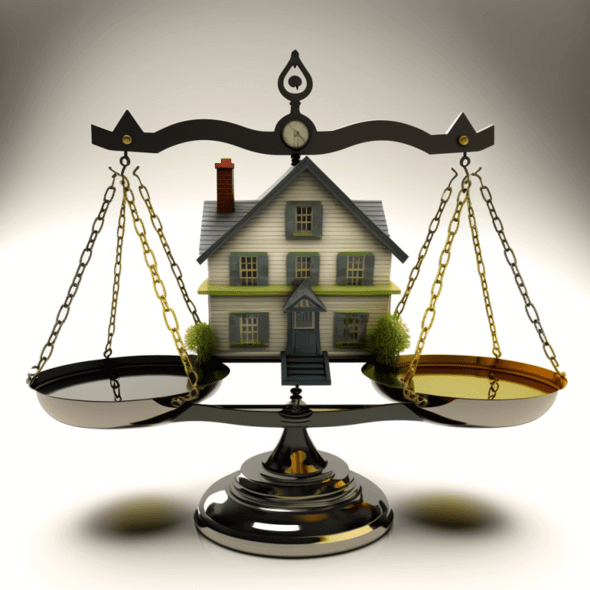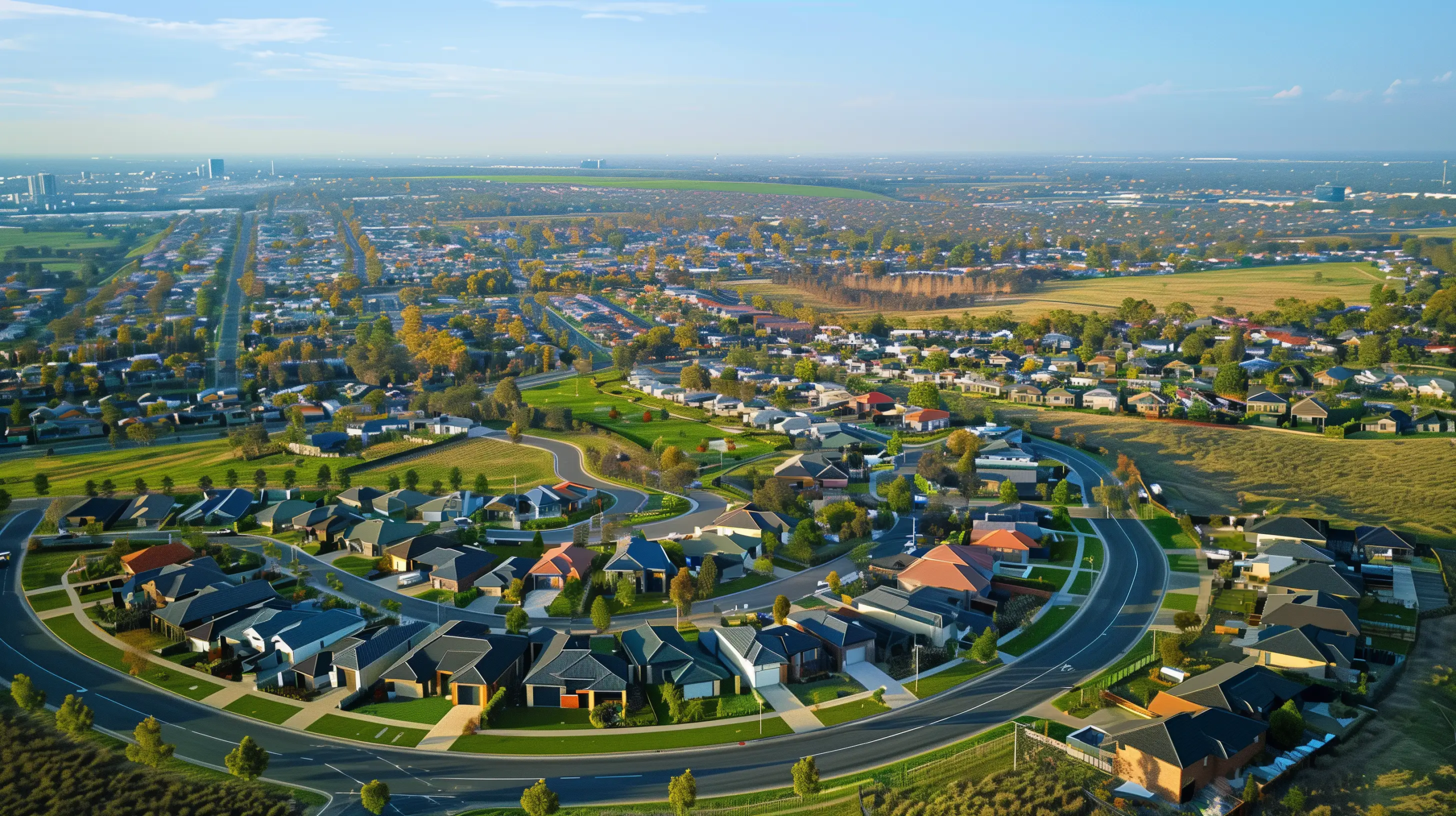Fixed vs. Adjustable-Rate Mortgages: How to Choose the Right Option.
April 12, 2023

When it comes to getting a mortgage, one of the most important decisions you will need to make is whether to choose a fixed or adjustable-rate mortgage. While both types of mortgages have their pros and cons, the choice you make will depend on your financial situation, risk tolerance, and long-term goals. In this blog, we will break down the differences between fixed and adjustable-rate mortgages, their advantages and disadvantages, and factors to consider when making your decision.
Fixed-Rate Mortgages
A fixed-rate mortgage is a type of mortgage where the interest rate stays the same throughout the life of the loan. This means that your monthly mortgage payments will stay the same, making it easier to budget and plan for the long term. The stability of fixed-rate mortgages can be particularly beneficial for those who plan to stay in their home for a long time, or for those who are risk-averse and prefer a predictable monthly payment.
However, the downside of fixed-rate mortgages is that the interest rates tend to be higher than adjustable-rate mortgages, particularly when the loan term is longer. Additionally, if interest rates drop, you will still be paying the same higher rate, unless you decide to refinance.
Adjustable-Rate Mortgages
An adjustable-rate mortgage, or ARM, is a type of mortgage where the interest rate can change over time. Typically, the interest rate is fixed for a set period, such as five or seven years, and then adjusts based on market conditions. The advantage of adjustable-rate mortgages is that they often have lower initial interest rates than fixed-rate mortgages, which can save you money in the short term.
However, the disadvantage of adjustable-rate mortgages is that the interest rates can increase over time, leading to higher monthly mortgage payments. This can be particularly challenging for those who are on a tight budget or have a low risk tolerance. Additionally, if interest rates rise significantly, you may find yourself with a monthly payment that is higher than what you can afford.
Factors to Consider
When choosing between a fixed or adjustable-rate mortgage, there are several factors you should consider, including your financial situation, risk tolerance, and long-term goals. If you prefer a predictable monthly payment and plan to stay in your home for a long time, a fixed-rate mortgage may be the best option for you. However, if you are on a tight budget or want to take advantage of lower initial interest rates, an adjustable-rate mortgage may be a better fit.
Summary
In conclusion, choosing between a fixed or adjustable-rate mortgage can be a challenging decision. By weighing the pros and cons of each option and considering your financial situation, risk tolerance, and long-term goals, you can make an informed decision that is right for you.


